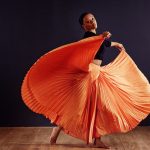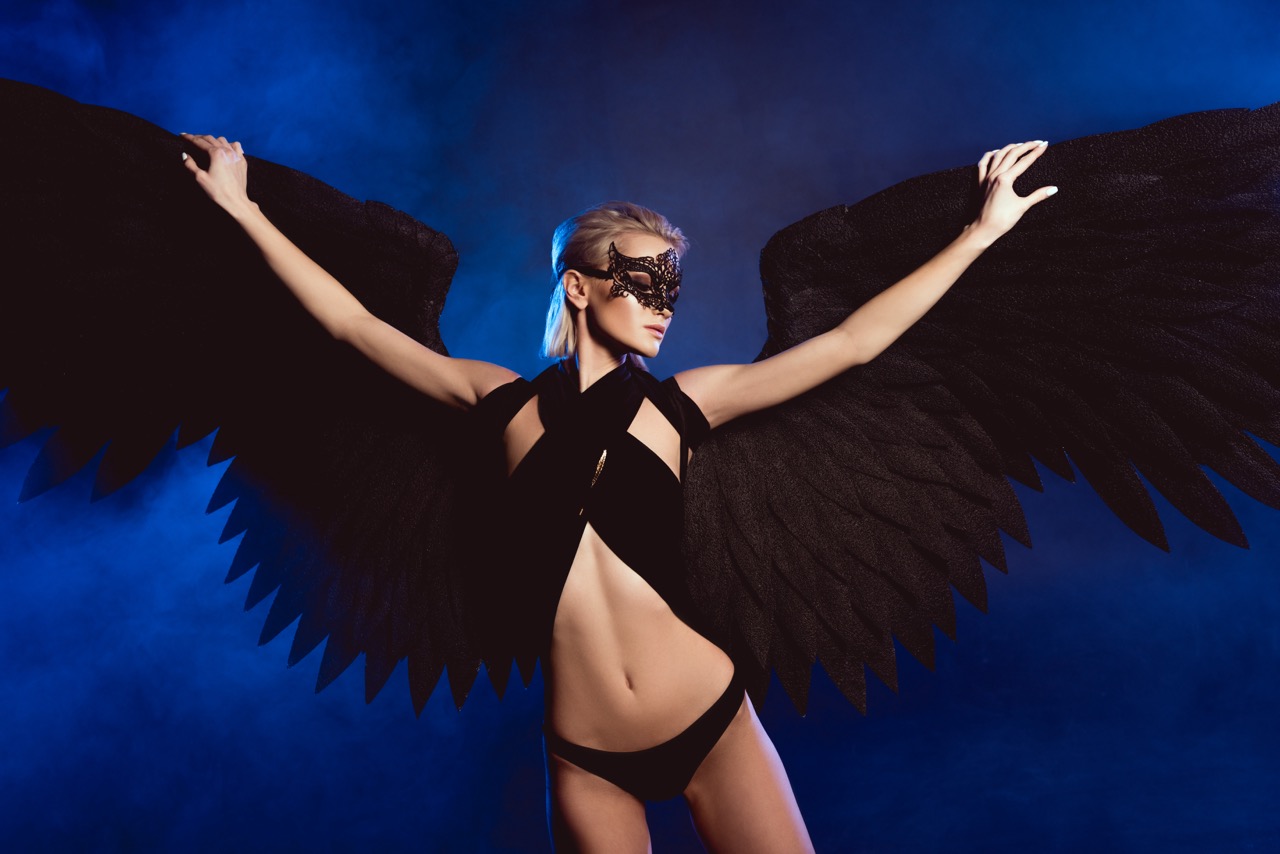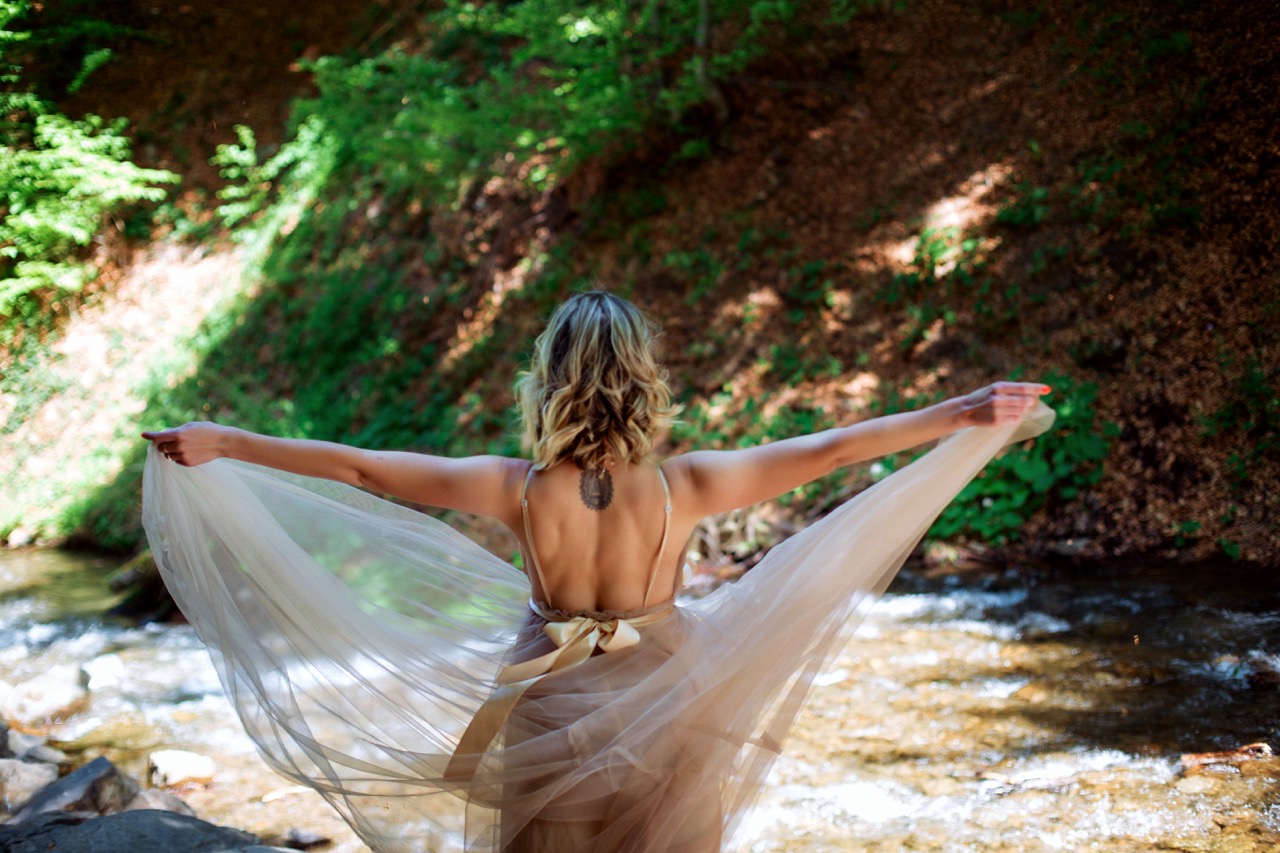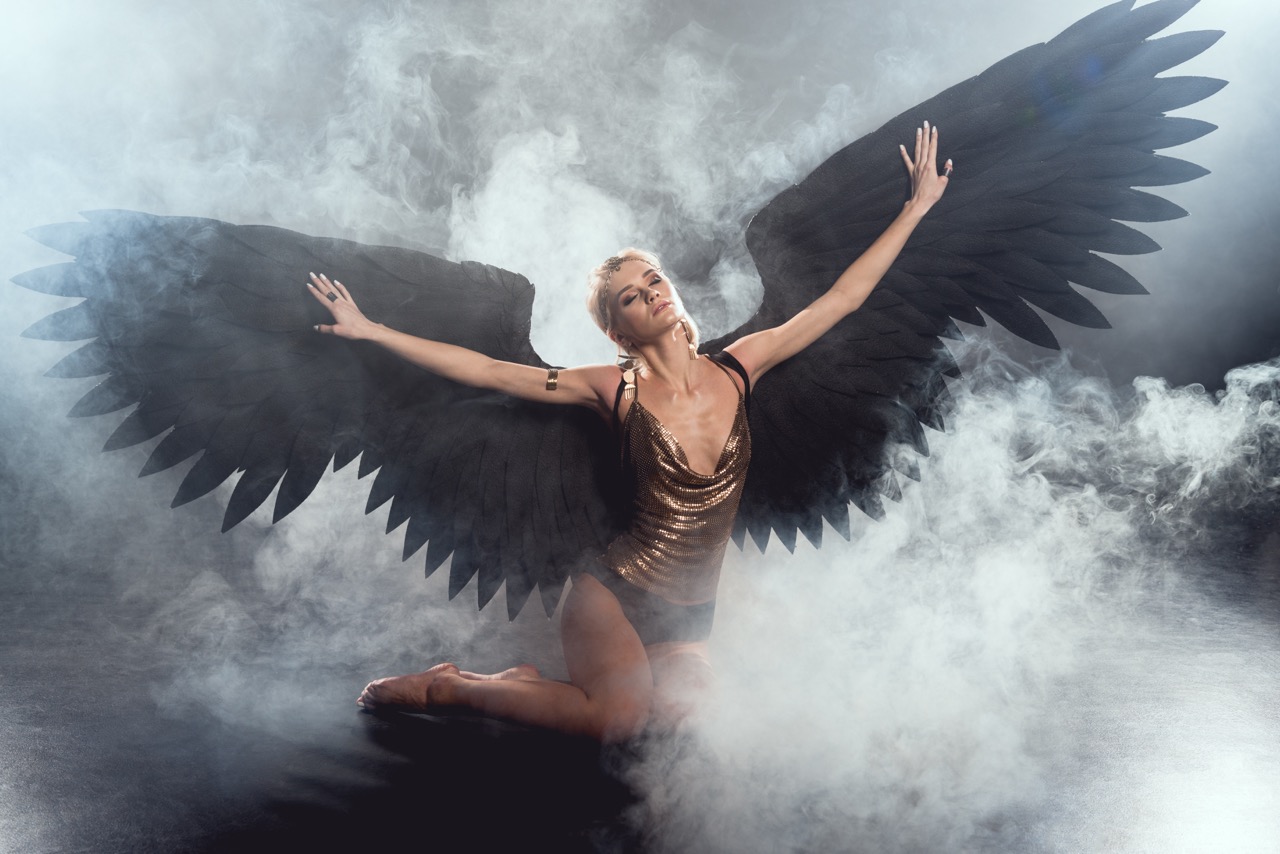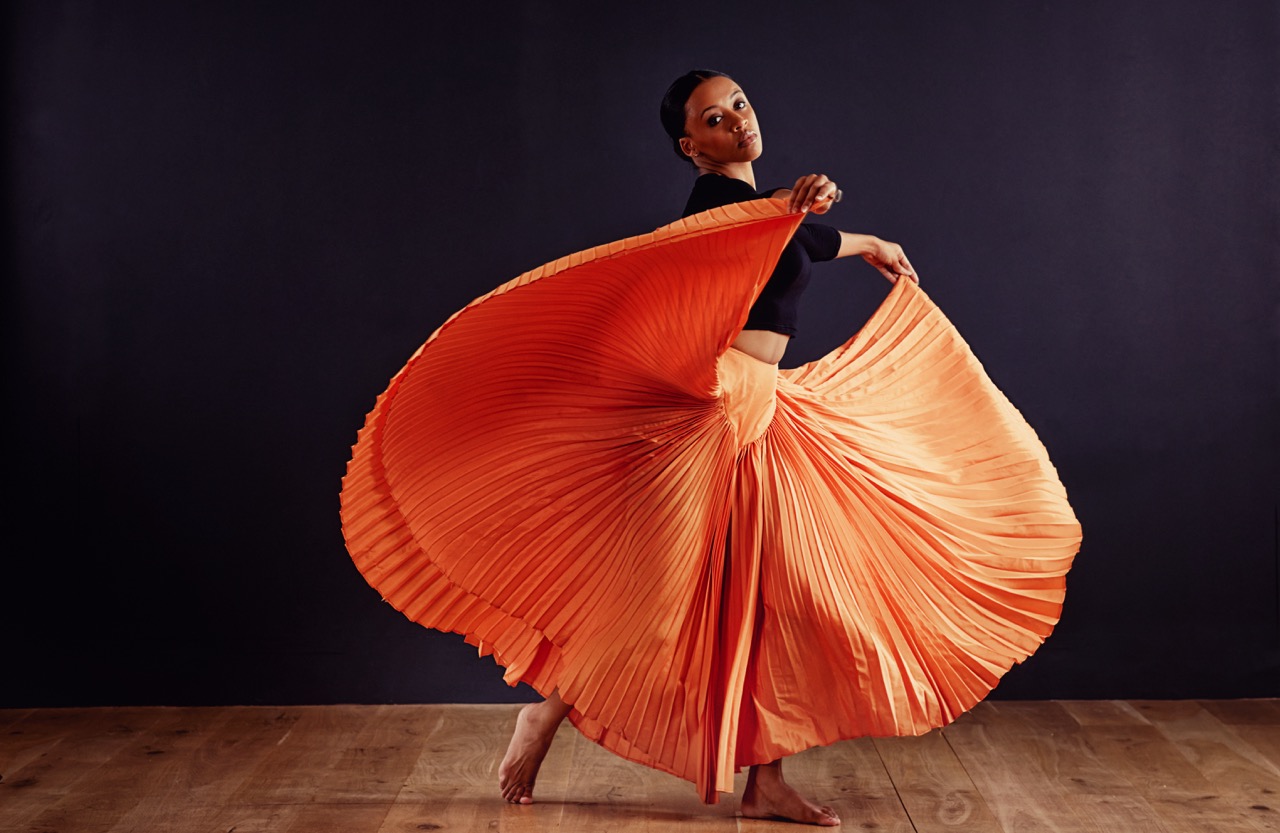In a world rich with artistic expression, the performing arts serve as a convergence point for various disciplines, with dance emerging as a pivotal medium. Dance transcends mere movement; it embodies emotion, narrative, and culture, weaving itself seamlessly into the fabric of theatre, music, and other artistic endeavors. This article explores the profound connection between dance and other performing arts, highlighting how they inspire and elevate each other, ultimately creating a richer experience for audiences.
The Harmonious Fusion: Dance as a Core Performing Art
Dance stands as one of the most primal forms of expression known to humanity. From ancient rituals to contemporary performances, it has served as a vehicle for cultural storytelling and gathering. As a core performing art, dance offers a unique language of movement, conveying meaning that transcends verbal communication. When combined with elements of theatre and music, dance evolves into a multifaceted experience that resonates with a diverse audience.
The beauty of dance lies in its versatility; it can adapt to different themes, styles, and emotions, making it an integral part of many performances. Whether it is the grace of ballet, the rhythm of hip-hop, or the fluidity of contemporary dance, each style brings a distinct flavor to the performance. This adaptability ensures that dance remains relevant and continues to evolve, reflecting societal changes while maintaining its fundamental purpose of expression and connection.
As a core performing art, dance also fosters collaboration among artists from various disciplines. Choreographers often work closely with playwrights, composers, and visual artists to create cohesive performances that captivate audiences. This fusion of talents not only enhances the storytelling aspect but also enriches the overall aesthetic experience, solidifying dance’s position as a cornerstone of the performing arts.
Movement and Emotion: Dance’s Role in Storytelling
Dance possesses a unique ability to convey complex emotions and narratives through body movement. Each gesture, posture, and transition tells a story, allowing the audience to connect with the performers on a visceral level. This emotive power is particularly evident in genres such as ballet and contemporary dance, where choreography is often meticulously crafted to reflect a specific theme or narrative arc.
In theatrical productions, dance is frequently employed to enhance the storytelling experience. Musical theatre, for instance, utilizes dance to amplify emotional moments, bridging dialogue and song. The choreography not only supports the narrative flow but also heightens the audience’s emotional engagement with the characters and their journeys. This interplay between dance and storytelling fosters a deeper appreciation for the art form as it showcases the human experience in a multifaceted way.
Moreover, dance allows for the exploration of universal themes, such as love, loss, and triumph, through a physical language that often transcends cultural boundaries. By harnessing the power of movement, dancers can evoke empathy and understanding, offering audiences a chance to reflect on their own lives and experiences. This shared emotional journey ultimately reinforces the bond between individuals and the performing arts.
Interdisciplinary Inspirations: Dance Meets Theatre and Music
The intersection of dance with theatre and music creates a vibrant tapestry of artistic expression. In many productions, choreography is designed in tandem with the score, allowing the rhythm and mood of the music to influence the movements of the dancers. This synergy not only enriches the performance but also creates a seamless dialogue between the auditory and visual elements, drawing the audience into a fully immersive experience.
Theatre often relies on dance to convey themes that words alone cannot express. For example, in musicals like "West Side Story" or "The Lion King," choreographed dance sequences serve as emotional high points that elevate the narrative. Here, dance becomes a critical component of storytelling, turning moments of tension or joy into visually stunning displays that resonate long after the curtain falls.
Furthermore, the collaboration between choreographers and composers extends beyond traditional theatre. Contemporary dance companies frequently collaborate with musicians and visual artists, creating multidisciplinary performances that challenge conventional boundaries. This dynamic interplay encourages innovation, as artists explore new ways of integrating movement, sound, and visual artistry, resulting in groundbreaking works that redefine the possibilities of the performing arts.
The Evolution of Performance: Dance’s Impact on Arts Today
As the performing arts landscape continues to evolve, dance remains at the forefront of this transformation. Contemporary dance, in particular, has embraced a spirit of experimentation, breaking away from traditional forms and incorporating diverse influences from various cultures and artistic disciplines. This evolution reflects a broader societal shift towards inclusivity and collaboration, allowing artists to explore new narratives and forms of expression.
The rise of digital technology has also significantly impacted the way dance is performed and perceived. Live-streaming, virtual reality, and social media platforms have opened new avenues for choreographers and dancers to reach audiences worldwide. This accessibility not only democratizes dance but also invites a new generation of performers and creators into the fold, fostering innovation and creativity in the process.
Dance’s impact on the arts today extends beyond the stage, influencing fields such as fashion, film, and visual arts. Artists draw inspiration from dance’s aesthetic qualities, incorporating movement into various mediums to create dynamic and engaging works. As dance continues to evolve and intersect with other forms of artistic expression, it will undoubtedly shape the future of the performing arts, inspiring new generations to explore the beauty and power of movement.
In conclusion, the connection between dance and other performing arts is a testament to the richness and complexity of human expression. Dance serves not only as a standalone art form but also as a vital component of a larger artistic dialogue, enhancing storytelling, fostering collaboration, and inspiring innovation. As we continue to explore the multifaceted nature of performance, it is clear that dance will remain a pivotal force, transcending boundaries and uniting diverse perspectives within the realm of the performing arts.




